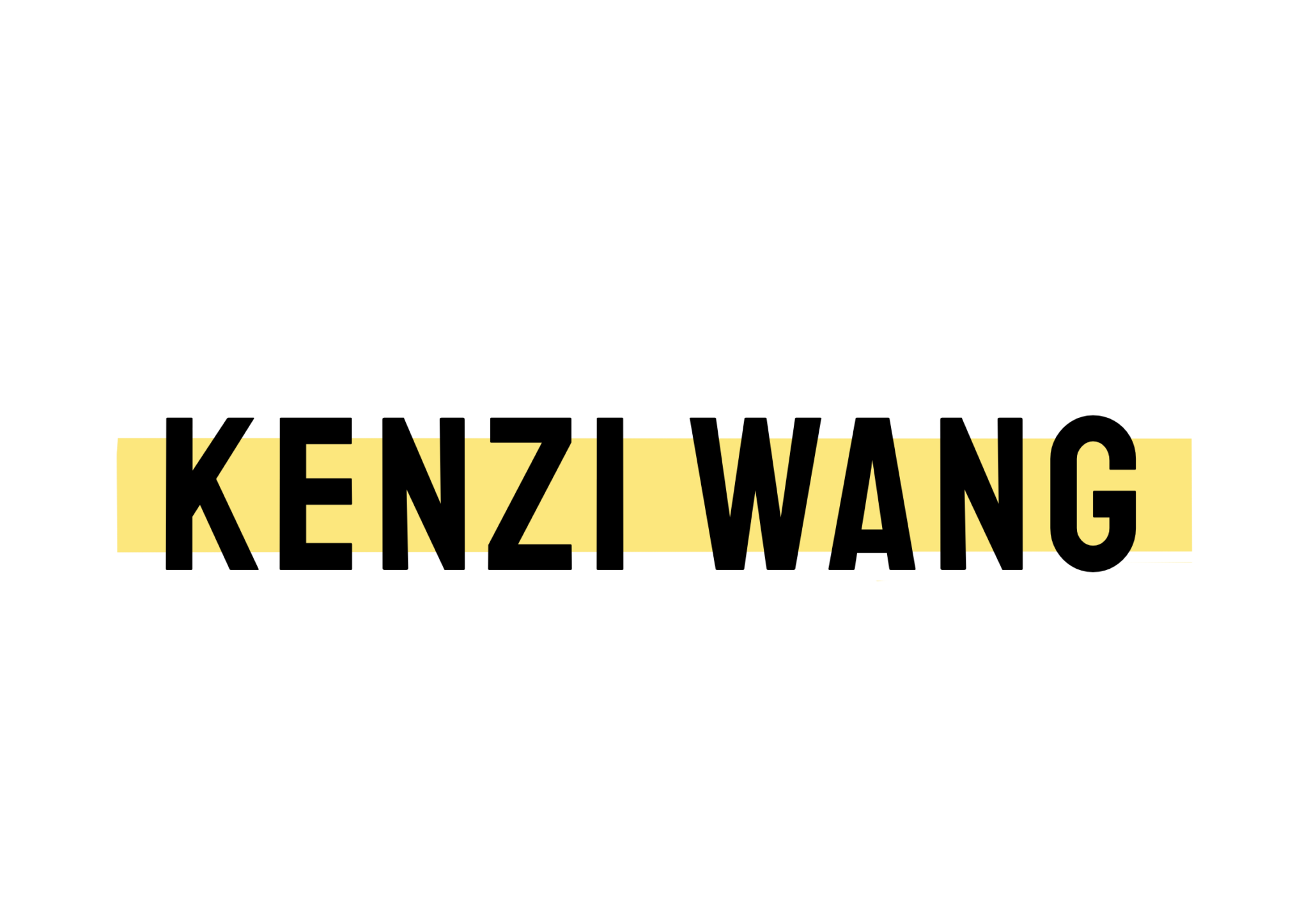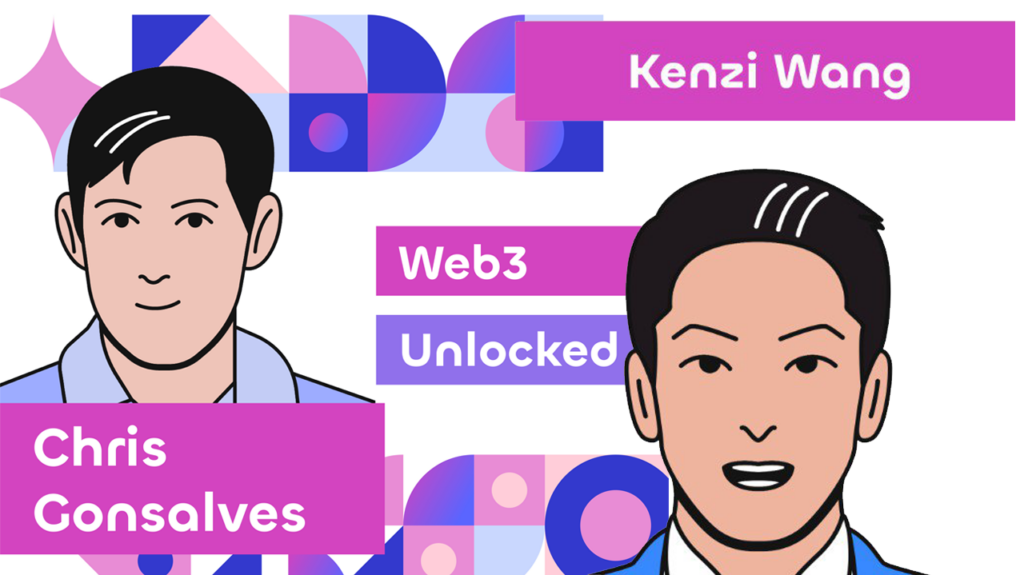In this week’s episode of Web3 Unlocked, Kenzi Wang and Diksha Dutta speak to Chris Gonsalves, the CEO of Community Gaming. He discusses how Community Gaming was created, how the Web3 gaming ecosystem differs from traditional eSports, and how Web3 gaming will change in the future. Here is a deep dive into the conversation, featuring edited excerpts from the podcast.
On Getting into Web3 and starting Community Gaming
It was in 2013 that Chris learned about Bitcoin. After learning about it through the news, he came across a community center for Bitcoin where he “got obsessed with Bitcoin.” There, he also met Joe Lubin, who would go on to start ConsenSys. Eventually, Chris got into the world of Web3.
While he worked in his first paid position in Web3 with ConsenSys, Chris was in charge of running in-person gaming events, a natural progression following his lifelong fascination with games like Halo, World of Warcraft, Starcraft, and more. During this period, Community Gaming New York was born—not yet a venture-backed company, but a platform that was a passion project for Chris and his co-founders.
“We would run tournaments for League of Legends and Call of Duty Hearthstone on the weekends. We were the grassroots organizer, then went on to build Community Gaming and the origin story of me getting into Web3 as a gamer.”
At the onset of the COVID-19 pandemic, Chris and his co-founders realized that they needed to build out an online platform for community gaming. Understanding that with more people restricted to being at home, they realized that the restrictions meant more people would play games and stream from home. ConsenSys was one of the platform’s first investors when Chris and his co-founders left to launch Community Gaming.
On the Web3 Business Model of Community Gaming
Community Gaming is an esports tournament platform where users can create their own tournaments and preconfigure all the payments. With the press of a button, all payments are smart contract-powered, where Community Gaming covers all the gas fees.
Community Gaming supports Polygon, BNB, Ronin, Eth Mainnet, and will soon support Solana.
Their revenue comes through partnerships with Web2 and Web3 game developers. Recently, Community Gaming partnered with Sky Mavis, the makers of Axie Infinity, and helped power their Axie World Championship tournament. Community Gaming plans to monetize through a $5/month subscription model.
Chris also emphasizes that Community Gaming brings Web2 gamers into the Web3 world. When a user signs up, a noncustodial wallet is generated to confirm their email address. When users play Web2 games like Gods Unchained or Call of Duty, they earn in cryptocurrency.
“That’s a huge part of onboarding and Trojan horsing these [Web2] gamers in. It’s creating wallets and getting players to earn their first crypto. We find that stablecoins like USDC are the easiest learning curve for players around the world. They don’t have to worry about volatility—they can understand that it’s a digital dollar that can be supported at different exchanges.”
On Raising Capital for a Web3 Platform
Chris admits that raising capital was not easy, though he is proud of their early investors. For their seed and Series A rounds, Chris talks about months of doing VC calls all around the clock. This is one of the key differences he notices between Web2 and Web3 capital raising:
“One of the main differences from Web2 to Web3 is you’re staying up late to talk to someone in Singapore, and then you’re waking up early.”
He also says that it helped that he had built up a great network from being in the crypto world for a long time:
“That helped when it came to asking people I was close to for introductions or on how to navigate closing a fundraising round.”
Chris’s main tip for pitching a Web3 startup to a VC? Practice your pitch until you can do it in your sleep: “Start with pitching advisors, start with pitching three-tier funds[…]You need to hone your pitch, you need to understand all the typical questions VCs will ask you, and you want to make sure you have really good answers to them.”
He also urges not to get greedy on valuation: “We’re in a bear market now, so you’re really not going to be able to get greedy. Even in a bull market, you may have the chance to raise at a super high valuation, but if you haven’t found product-market-fit yet, don’t give yourself too big of a shoe to fill […] Rather, bring in great investors who are happy with the valuation, and then if you go to raise another round, it’s not going to be such a high bar.”
On his journey as a Web3 Founder
While Community Gaming raised their seed and Series A rounds in roughly 10 months each, Chris learned that they would have to get back into fundraising mode without much of a break, and a major lesson at this time was managing stress and health. He advises other Web3 founders to get someone who can help them manage their schedules when they start raising for seed or Series A rounds.
Community Gaming also decided to go into different markets simultaneously, which provided a huge learning curve for the company, having to get accustomed to different cultures, languages, and hiring practices across Brazil, Indonesia, and Latin America.
On Differences between Web2 & Web3 Gaming Startups
According to Chris, Web3 is a completely different beast from Web2. While for a traditional gaming company, there are not too many options for VCs, for Web3 startups, it can be “all over the spectrum.”
“A Web3 company can be gaming, can be insurance, can be art. It can just be so many different things, so in a lot of ways that’s exciting. You go to these conferences, and you never know who you’re going to meet.”
Chris believes that Web3 founders need to be relentless with a clear vision.
“You’re going to fail; you’re going to make a lot of mistakes. It’s best to fail fast, fail quickly, learn from these mistakes, get back up and keep going. You need to be strong-minded in that regard to getting denied by the VC you really wanted or having a new product launch not do as well as you thought. There’s going to be a lot of things that feel bad, but you got to learn from it and keep moving on.”
On Making Money through Gaming
It takes many years to create a good game which comes to fruition when a lot of funding went into gaming over recent years. Chris notes that there are now games with digital property rights that make it more meaningful to spend time playing the games you enjoy and to be able to monetize the time spent on playing through selling either the NFTs or other fungible currency you earn.
However, he cautions that it is a supplemental income and that players should not through away their job security, and he calls this Productive Leisure Time.”
“When you’re being told you’re wasting all your time, you’re going to be able to say, ‘this is actually productive leisure time. I’ve spent the whole weekend acquiring assets, and here’s how much it’s worth; there’s a market value for them.”
On what could be next for Web3 Gaming
Chris believes that NFT tech can be the missing piece of digital eSports memorabilia that could create more engagement with the Web3 gaming community. Unique identifies will be used to trace the ownership of digital collectibles which will then increase their market value.
“As the next wave of games come, I think the traceability aspect is going to become bigger […], and gamers will start to care if you have a blue gun skin or a shroud. It’s really desirable, and you want to be able to buy it in a marketplace.”
On creating Community Gaming’s Token
Community Gaming is planning to launch its token next year. Chris says that the team is taking their time developing the tokenomics, doing the modeling exercises, and finding the perfect use cases.
Chris believes the company has a very sustainable advertising business as it relates to questing as a service system, to be able to tie staking rewards and potential appreciation of the token to growth in our advertising revenue.
“As that grows, you can give out more staking rewards, you can create bigger exclusive tournaments. We’ve created this whole flowchart of the advertising loop with our subscription model and we will start with USDC. We think that we found a way to have positive feedback loops where all participants, including sponsors, partners, and players, can benefit from this.”
Here is a list of the selected time stamps on the different topics discussed during the podcast:
01:47 to 04:48: How Chris got into Web3 and Gaming
04:48 to 07:01: Business Model of Community Gaming
07:01 to 08:40: Other Web3 aspects of Community Gaming
08:40 to 11:08: Early Stage Journey of Community Gaming
11:08 to 13:26: Fundraising for Community Gaming
13:26 to 16:13: Chris’s advice for founders looking to raise funds
16:13 to 19:32: Fundraising days struggle
19:32 to 21:26: Expansion phase
21:26 to 24:28: Web2 founder vs Web3 Founder
24:28 to 26:38: Role of mentors and advisors along the way
26:38 to 30:56: Role of community in Community Gaming
30:56 to 34:16: Community Gaming distribution across regions
34:16 to 36:56: Earning income through gaming
36:56 to 39:28: Guild economy’s future
39:28 to 41:41: Future of tokens in the game-fi ecosystem
41:41 to 50:26: ‘Memorabilia’ to watch out for in the future
50:26 to 53:50: Effect of bear market on Community Gaming and the industry
53:50 to 55:42: Upcoming Community Gaming’s token launch
55:42 to 58:58: Chris’s productivity hacks 58:58 to 1:03:45: Community Gaming’s Roadmap for the next 1 year
1:03:45 to 1:05:03: Word connection game with Chris
Follow us on Twitter to be in the loop for all the fun we are having.



